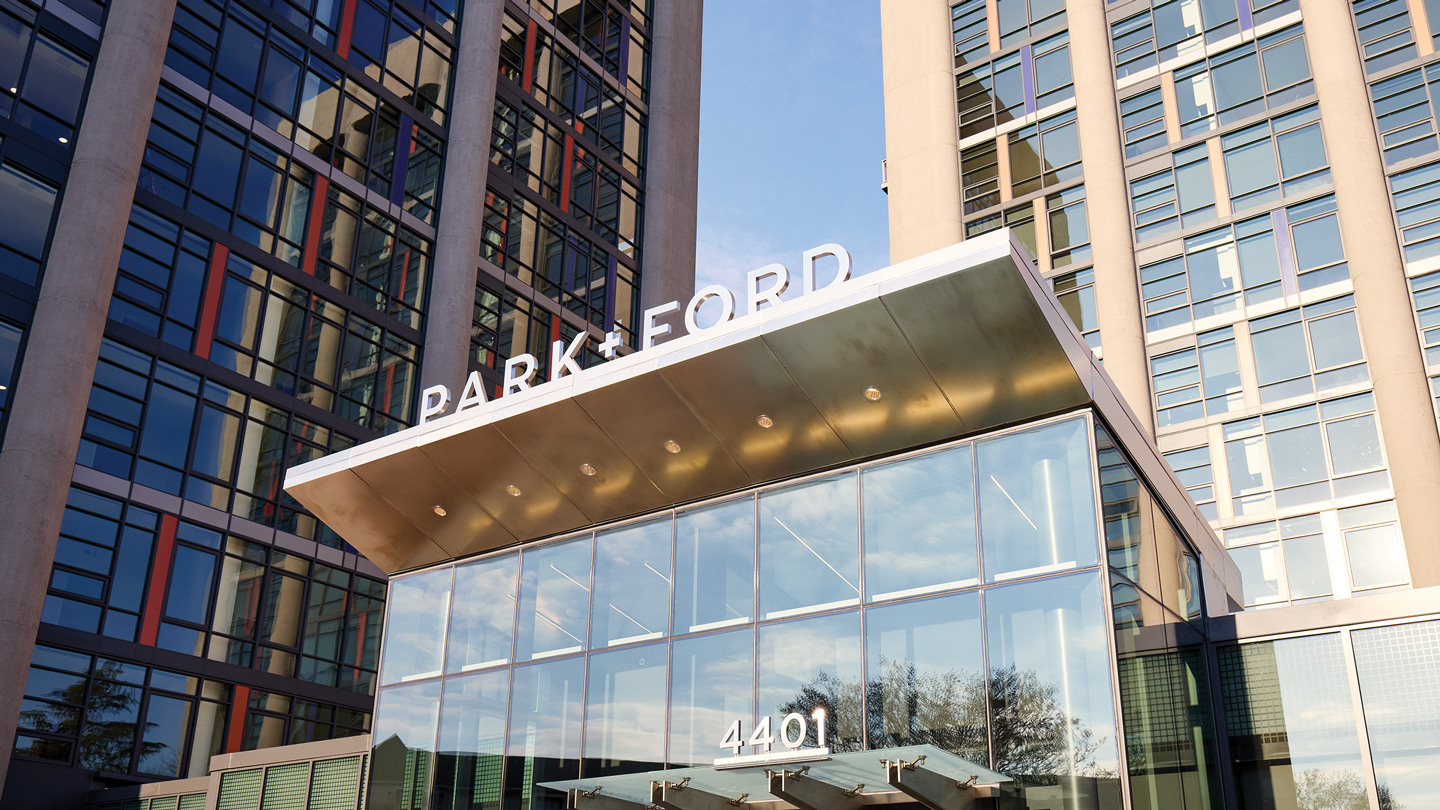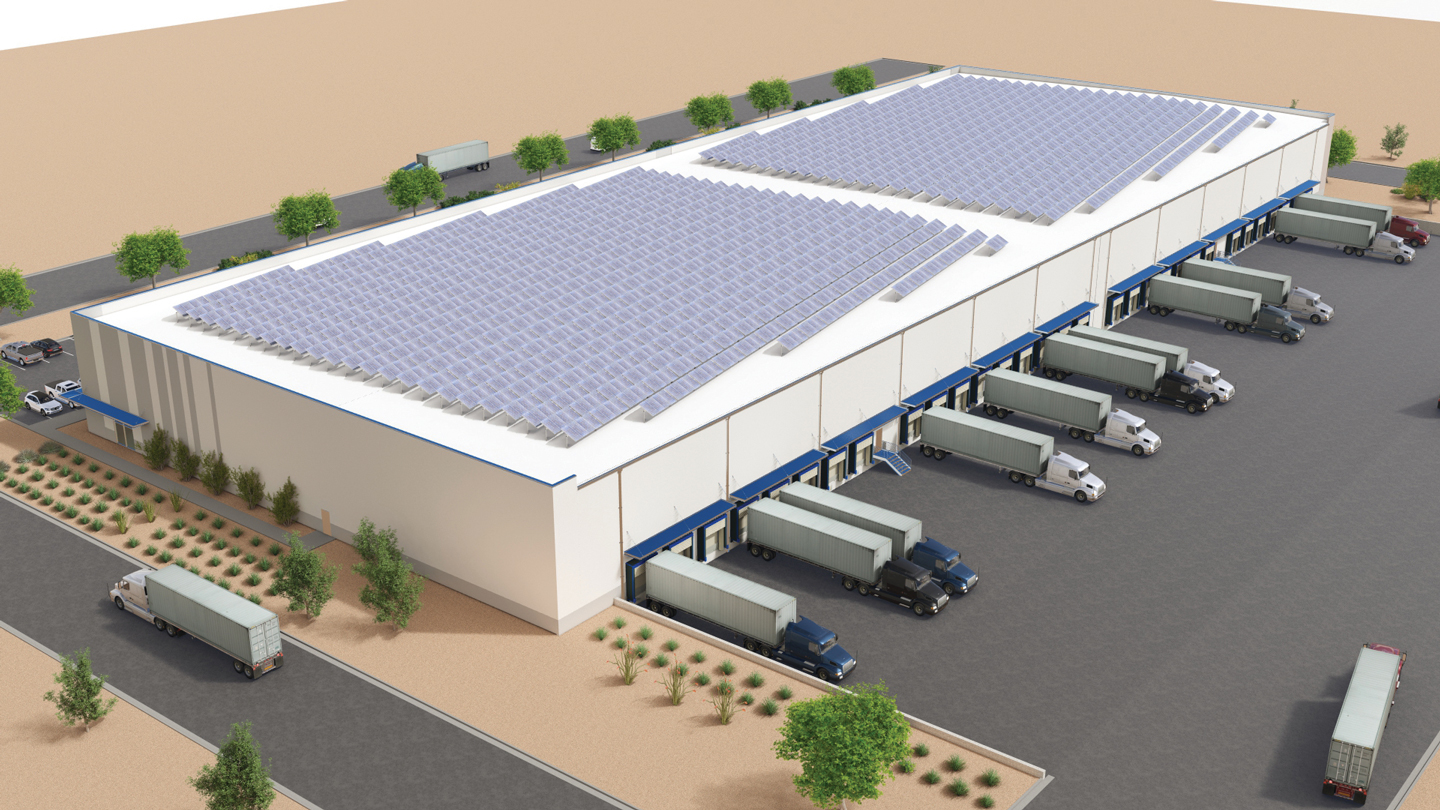Developing Data Centers: Overcoming Current Challenges

The massive power demands of these facilities drives site selection.
The demand for data centers is rapidly increasing. According to an August 2022 report by Arizton Advisory and Intelligence, data center construction in the U.S. is expected to reach $25 billion by 2027, with approximately 2,825 megawatts of power capacity added over the next five years. Another report by JLL found that the U.S. data center market is expected to grow at a compound annual growth rate (CAGR) of 14.4% from 2021 to 2025.
But this rapid growth has a downside for those who want to take advantage of it. Developers are facing difficulties finding desirable properties, leading them to explore alternative locations or deal with delays related to imperfect sites. Environmental challenges, zoning hurdles and community pushback are a few of the biggest obstacles.
To streamline development and continue delivering facilities on time, developers must have an in-depth understanding of the current challenges associated with data centers and be able to creatively address them.
Understanding New Realities of the Data Center Market
As desirable locations for data centers become scarce, every potential site must undergo scrutiny. This means it’s crucial to be proactive and strategic about site selection and land planning — it’s the single most important factor to prevent challenges down the road.
The utility-intensive nature of data centers requires sites that support power, communications and water needs — all of which must be considered from the start. Additionally, developers must account for floodplains, resource protection areas, endangered species habitats and environmentally sensitive locations. Neglecting to examine these factors early in the process could result in a much smaller usable area than anticipated, or a much longer entitlements timeline for wetlands or other environmental concerns.
“Spending more time upfront in the strategy and planning phase can delay starting, but that delay can help get relevant agencies on board and receive permits faster, ultimately saving time,” says Bohler Data Center Market Associate Megan Baird, PE.
Streamlining processes that involve the U.S. Army Corps of Engineers and other environmental permitting agencies saves time later in the project — particularly with strategic construction phasing. With a strategic approach, a developer could begin construction on portions of a site while design and permitting are finalized on environmentally impacted portions.
Everything related to data center development — from buildings and equipment to grading and stormwater — can be implemented more efficiently with proactive planning and aggressive due diligence. When the construction schedule can be reduced, there’s an opportunity to save costs.
Planning for Power
Power is a limiting factor for data centers. The U.S. Department of Energy reports that data centers can consume as much as 100 to 200 times more electricity than standard offices. Building size and increased computing power needs often require additional on-site substations to supply the large amount of energy needed to operate a data center.
The amount of time required to build a substation for a data center can vary depending on factors such as the size of the substation, the complexity of the project, the location of the site and any local permitting requirements. The timeline for the design, engineering, procurement of equipment and materials, construction, testing and commissioning for a substation can take anywhere from several months to over a year.
The permitting and approval process can also significantly lengthen the construction timeline, as it varies widely depending on the location and local regulations. In some cases, obtaining the necessary permits and approvals can take several months or more.
Each substation project is unique, so timelines can vary depending on the specific circumstances of the project. Like so much related to data center project success, ensuring power availability requires the knowledge and experience to pre-plan properly.
Building Community Consensus
Generally, data centers are good neighbors. They generate little traffic and, unlike other property types, don’t strain community resources such as law enforcement, fire departments and schools. However, misconceptions about data centers do exist, and community concerns are increasing as facilities move closer to residential areas. Size, appearance and noise (mostly from the generators and cooling systems that run continuously to prevent servers and other equipment inside the data centers from overheating) top the list. Therefore, it’s critical to address the community and key stakeholders upfront.
Developers can help shift perspectives and bring communities on board by explaining how noise will be mitigated through natural or manufactured buffers such as walls or fences around the perimeter of the data center. Landscaping with trees and shrubs can also help absorb sound waves and reduce noise levels. Data center equipment that produces noise can be placed as far away from nearby residences or other noise-sensitive locations as possible. In some cases, the data center equipment itself can be designed to produce less noise. In other cases, sound-insulated enclosures can be used for backup generators and cooling towers.
It’s important for data center developers and end users to take exterior noise seriously and employ appropriate measures to mitigate it. By showing initiatives to reduce noise pollution in the surrounding area, the development team improves the overall reputation of the data center and reduces the risk of legal action or complaints from neighbors that can delay the approval process.
Presenting innovative approaches that demonstrate ways of making facilities more visually appealing also builds trust in the team behind the project and consensus moving forward. Developers can work with an architect to explore how artificial windows, elevation changes and pleasing color combinations will give the data center character and help it fit harmoniously within the surrounding community.
Finally, edge data centers also present an attractive option. These smaller facilities are built closer to users, which provides faster and more reliable data processing and delivery for applications that require low latency and high bandwidth, like video streaming or online gaming. By being closer to the user, it reduces the amount of data that needs to be transmitted over long distances, improving performance and reducing network congestion. These smaller facilities also require less power and less land. According to a February 2022 report by MarketsandMarkets, the global edge data center market is projected to hit $19.1 billion by 2026, at a CAGR of 21.4% during the forecast period. As edge data centers are increasingly needed in suburban settings, they provide opportunities for developers to get communities behind the project and, as a result, reduce the risk of objections or delays during public hearings.
Keith Simpson, P.E., is an associate and director of engineering for Bohler’s Mid-Atlantic division.
RELATED ARTICLES YOU MAY LIKE
Facility Managers Must Prepare for an All-Electric Future
Fall 2023 Issue






